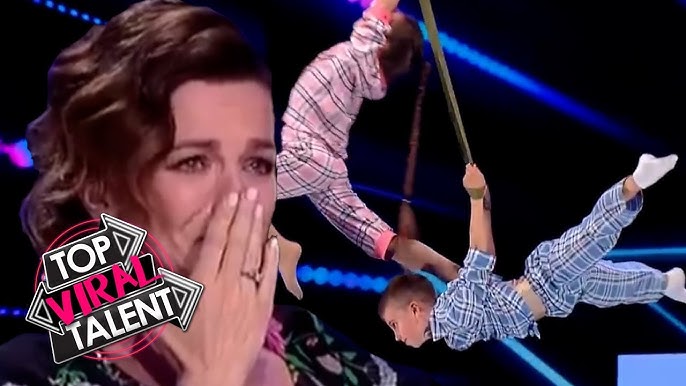Aerial modern dance is a subgenre of modern dance first recognized in the United States in the 1970s. The choreography incorporates an apparatus that is often attached to the ceiling, allowing performers to explore space in three dimensions. The ability to incorporate vertical, as well as horizontal movement paths, allows for innovations in choreography and movement. There are two types of aerial dance. In vertical dance a dancer is suspended in a harness from a rope or cable and explores the difference in gravity, weightlessness and varied movement possibilities offered by the suspended state. In the second type a dancer or acrobat intertwines the use of the floor or a wall with their aerial apparatus. The first utilizes the strength and expression of dance with an altered state to communicate contemporary ideas. In the second, the dancer uses dance as a way to indicate that their work is less trick-based than circus arts, and in some cases hopes that disassociating with the circus makes their work appear more contemporary and artistic.
One of the first choreographers to utilize what we now think of as aerial dance was Trisha Brown. She called her dances (1968–1971) “equipment pieces”. Please see the video of a reproduction of one of her early pieces. They are not “dancey” pieces, but by placing the pedestrians on the side wall, Brown illustrates the choreography of everyday movement. She was notably the first choreographer to pull dancers up into the air. She choreographed multiple pieces off the ground, some involving projection and multimedia, using air and wall surfaces in novel ways.
